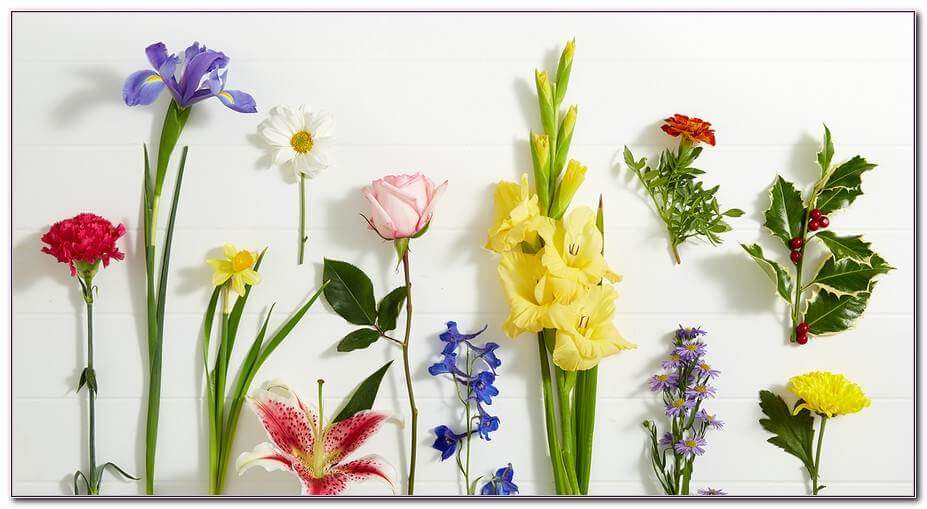What is a Birth Flower?
The concept of birth flowers is a delightful tradition that has been around for generations which involves assigning particular flowers to represent each month of the year. Just as birthstones are associated with certain months, birth flowers carry their own meanings, histories and a little bit of personality magic, too.
Ready to find out which birth flower is yours and what it says about you? Let’s find out the origin of birth flowers and uncover the symbolic significance behind each month’s bloom.
January Birth Flowers
Carnation (Primary Flower)
Carnations were one of the first flowers cultivated for their beautiful appearance and aromatic qualities. Their name derives from the Greek word “corona-ae” meaning flower garland or crown ceremony.
With its ruffled petals and clove-like fragrance, this bloom symbolizes love, fascination, and distinction.
In the language of flowers, different carnation colors carry specific meanings:
- Red conveys deep romantic love and admiration
- Pink represents motherly love and gratitude
- White signifies good luck
- Yellow represents disappointment or rejection
Snowdrop (Secondary Flower)
Snowdrop serves as the complementary January birth flower. These pretty white flowers push through the late winter snow as a signal of spring’s impending arrival.
The flower symbolizes purity, rebirth, and consolation and is also associated with hope and encouraging others during difficult times. While tiny, the snowdrop’s ability to bravely bloom amidst the cold embodies courage and renewal – fitting traits for those born in January.
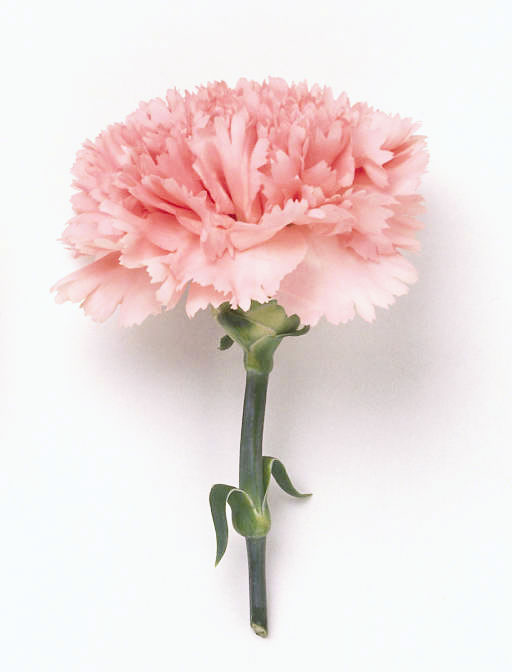
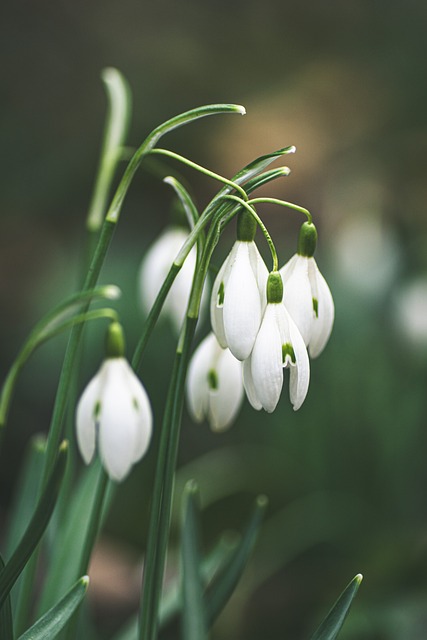
February Birth Flowers
Violet (Primary Flower)
Violet’s deep purple petals and heart-shaped leaves represent faithfulness, humility, and innocent love. In Victorian England, violets were cherished as a symbol of modesty and elegance.
Legends even suggest that violet gets its name from an ancient Greek tale of love and sacrifice. Beyond its symbolic meaning, the violet also has culinary uses – candied petals provide a delightful garnish, while the flowers lend a delicate flavor to desserts and teas.
Primrose (Secondary Flower)
Primrose is one of the earliest spring bloomers. These cheerful yellow and white blossoms represent young, untamed love and a zest for life after winter’s dormancy. The beautiful early bloomers symbolize perseverance during life’s challenging times.
With its bright petals radiating warmth and optimism, the primrose is the perfect pick-me-up gift for those born in February.
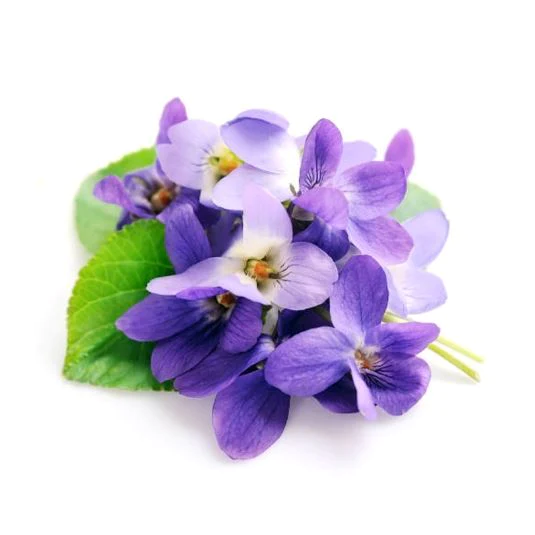
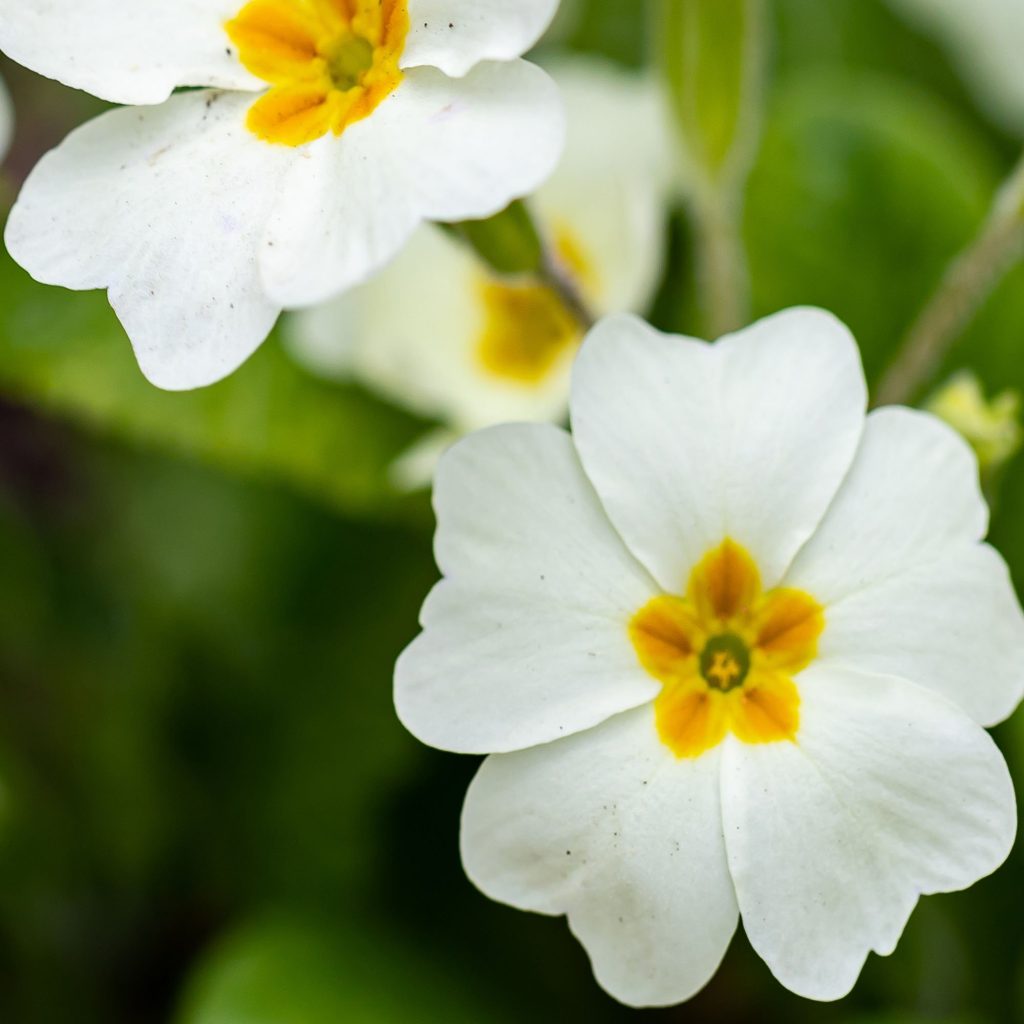
March Birth Flowers
Daffodil (Primary Flower)
Announcing the arrival of spring, the cheerful daffodil is March’s birth flower. With its bright yellow petals and trumpet-shaped corona, this sunny bloom symbolizes rebirth, renewal, and unconditional love.
The daffodil also holds significance in certain cultures:
- In Wales, it represents good luck and prosperity as the nation’s national flower.
- In China, daffodils are symbols of happiness and good fortune during the Lunar New Year.
Whether given as a bouquet or planted in gardens, these pretty flowers are sure to brighten anyone’s day – especially those born in March.
Jonquil (Secondary Flower)
Closely related to the daffodil, the jonquil serves as March’s complementary birth flower. While similar in appearance, this bloom has a more intense and sweet aroma of orange blossoms.
The jonquil conveys desire, beauty, and affection, making it an ideal expression of love for someone special born in the third month. Legends also connect this flower to ensuring a happy marriage if carried by the bride.
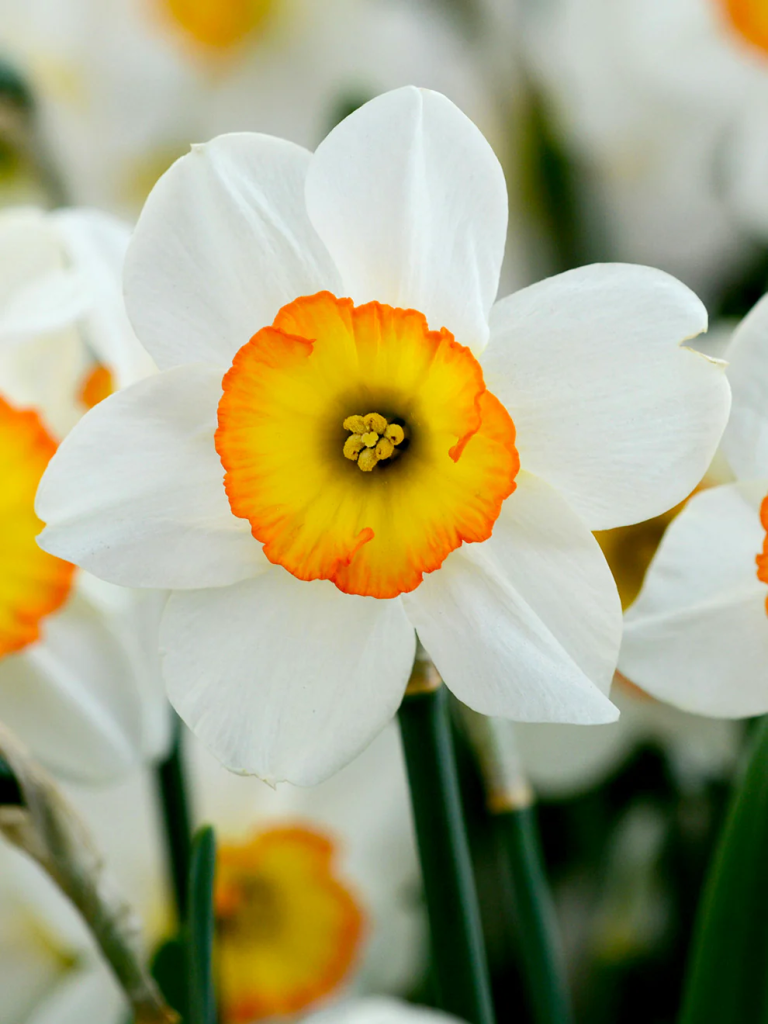
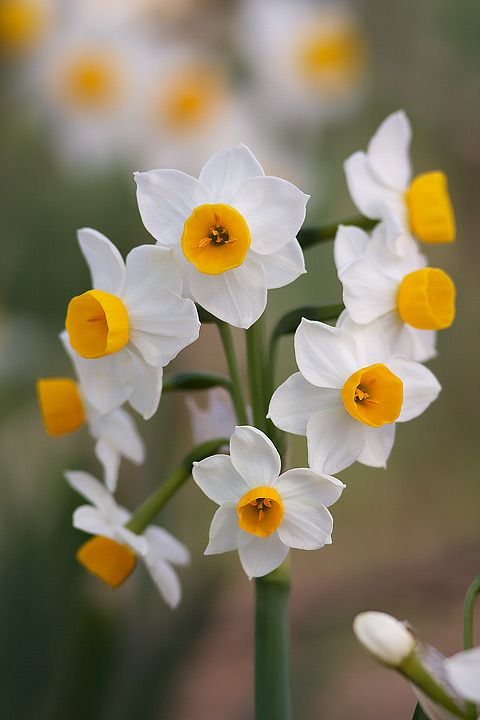
April Birth Flowers
Daisy (Primary Flower)
Few flowers capture the spirit of spring as perfectly as daisy. With its white petals radiating from a warm yellow center, this classic bloom symbolizes innocence, purity, and new beginnings.
Daisies get their name from the Old English phrase “day’s eye” referring to the way they open at dawn and close at dusk, seeming to “watch” the daily cycle of the sun.
Sweet Pea (Secondary Flower)
Sweet Pea has ruffled petals in shades of pink, purple, red, and white. These flowers emit an intoxicatingly sweet fragrance of spring.
In the Victorian language of flowers, the sweet pea represents blissful pleasure, gratitude, and departure – bidding farewell to winter and welcoming the new season.
With its beauty and heavenly perfume, sweet peas make a perfect bouquet or hair accessory gift for spring birthdays.

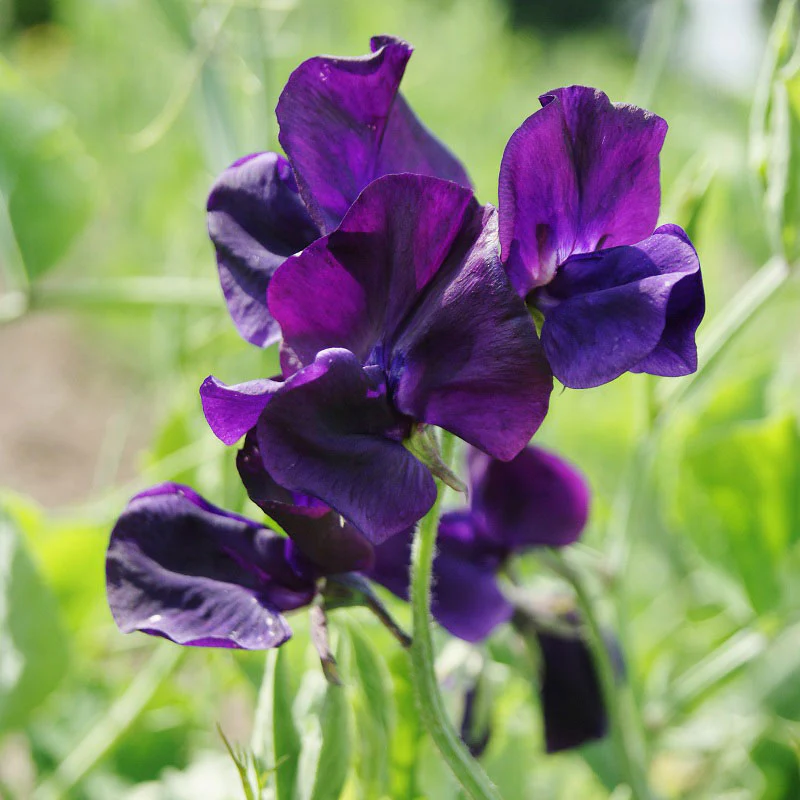
May Birth Flowers
Lily of the Valley (Primary Flower)
The Lily of the Valley is a delicate and sweetly scented flower. With its nodding bell-shaped white blossoms, this flower symbolizes purity, humility, and the return of happiness.
These flowers also frequently appear in bridal bouquets as a symbol of prosperous marriage. Despite its innocent appearance, the entire plant is toxic if ingested.
Hawthorn (Secondary Flower)
May’s complementary birth flower, the hawthorn, perfectly captures spring’s lush new growth. With its clusters of white, pink or red blossoms, hawthorn represents hope, happiness, and the beauty of the great outdoors.
From Ancient Greek rituals to English May Day festivities, cultures have admired hawthorn as a sacred sign of rebirth and protection. Its cheerful blooms are ideal for celebrating those born in merry May!
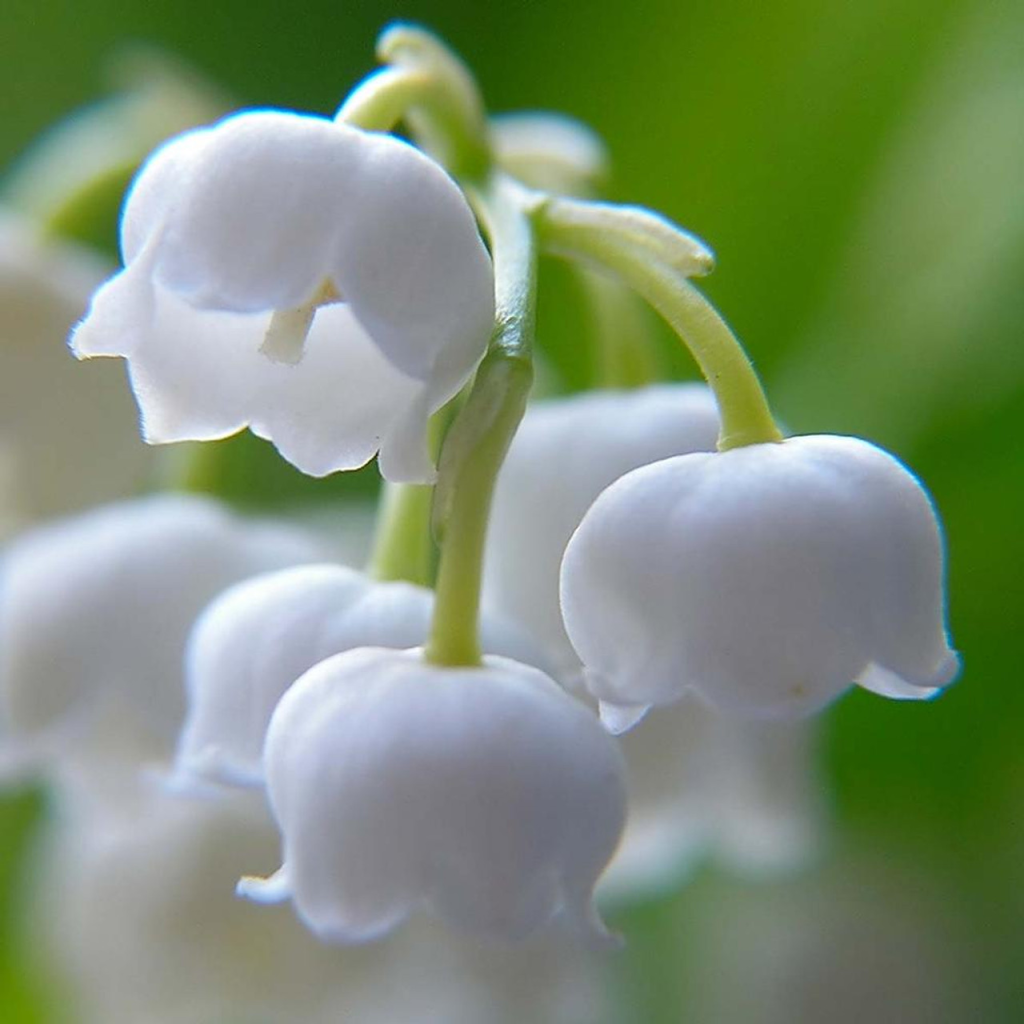
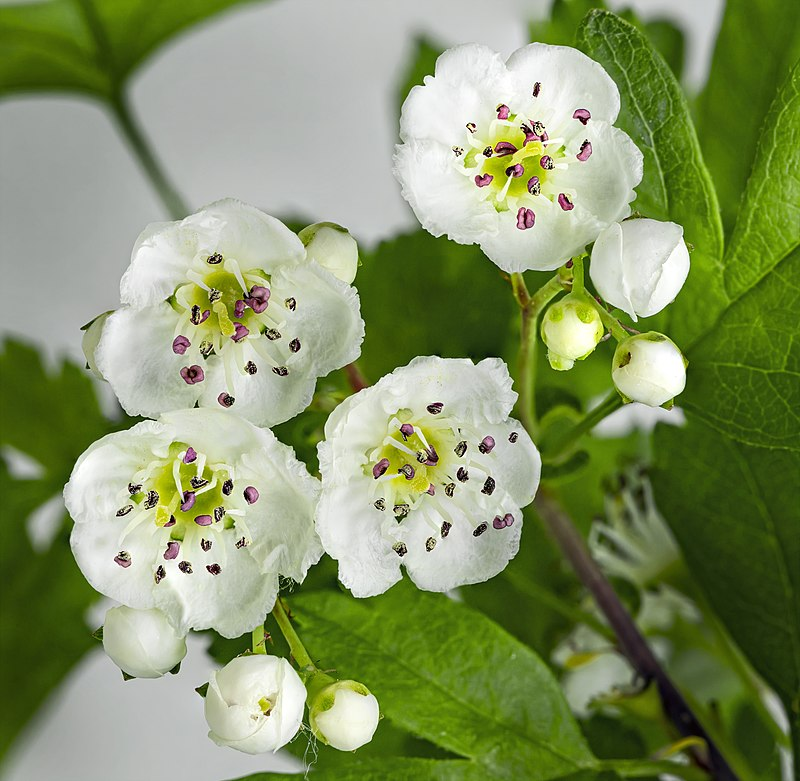
June Birth Flowers
Rose (Primary Flower)
Regal, romantic, and rich in symbolic meaning – rose is June’s primary birth flower. With lush petals in colors ranging from velvety red to pristine white, roses are a symbol of love, gratitude, and new beginnings.
The red rose is particularly known for romantic love and desire. Famously, the red rose was a favorite of Venus, the Roman goddess of beauty. Other hues hold their own special meanings:
- Yellow = Joy and friendship
- Pink = Gentleness and admiration
- White = Purity and innocence
Honeysuckle (Secondary Flower)
The honeysuckle accompanies rose as June’s secondary birth flower. These delicate trumpet-shaped blooms symbolize devoted love and good luck.
With its irresistible fragrance drifting through spring and summer gardens, the honeysuckle’s unique scent is instantly recognizable. Its intoxicating perfume attracts hummingbirds and hawk moths to aid in pollination.

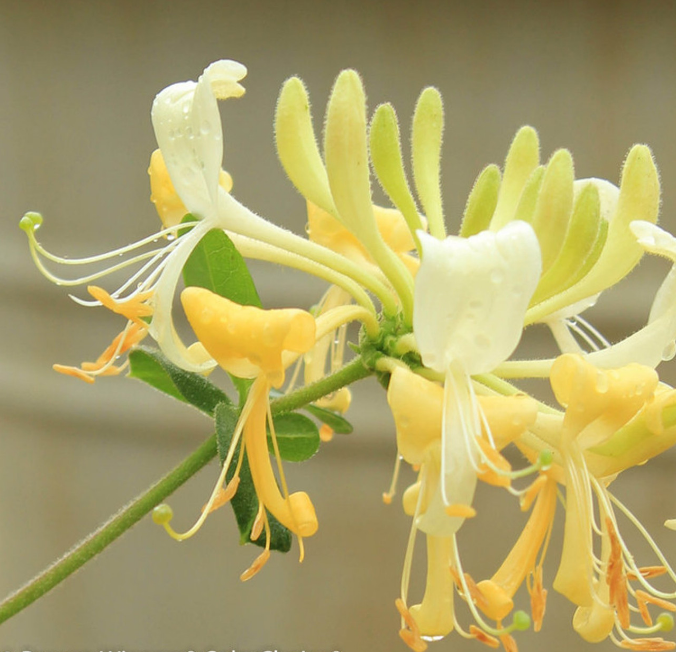
July Birth Flowers
Larkspur (Primary Flower)
With its cylindrical cluster of closely-packed blossoms in shades of purple, pink, white or blue, Larkspur represents an open heart and pure spirit.
The flower’s vibrant colors were linked to warmth and passionate attachment. Greek tales associated Larkspur with the start of summer and renaissance artists like Raphael incorporated them into iconic paintings.
Water Lily (Secondary Flower)
Floating atop tranquil ponds, water lilies are aquatic beauties that symbolize purity, majesty, and the ability to thrive through even the most difficult circumstances.
In several cultures, water lilies hold spiritual symbolism tied to the cycles of birth, death and rebirth.
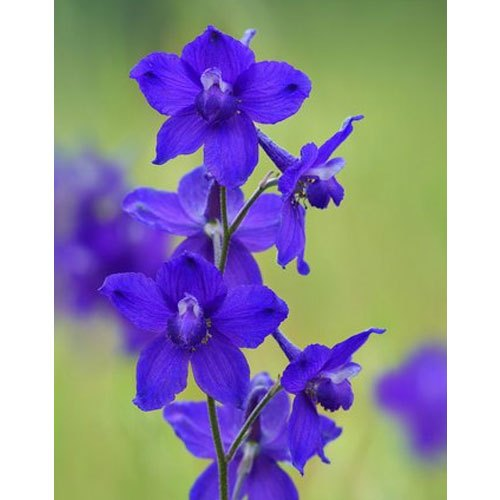

August Birth Flowers
Gladiolus (Primary Flower)
Gladiolus is a tall and striking flower which has spikes lined with ruffled blossoms in nearly every shade imaginable. This bloom symbolizes strength of character, moral integrity, and passion.
The name gladiolus comes from the Latin word “gladius” meaning sword – a reference to the flower’s tall, pointed shape similar to sword blades.
Poppy (Secondary Flower)
Poppy’s delicate tissue-paper petals ranging from fiery red to serene white represent peace, eternal sleep, and imagination.
Poppies are most famously linked to fallen soldiers. The red corn poppy became a symbol of sacrifice after blooming on war-torn French fields during WWI. Today, poppies honor nature and beauty in all life’s cycles.
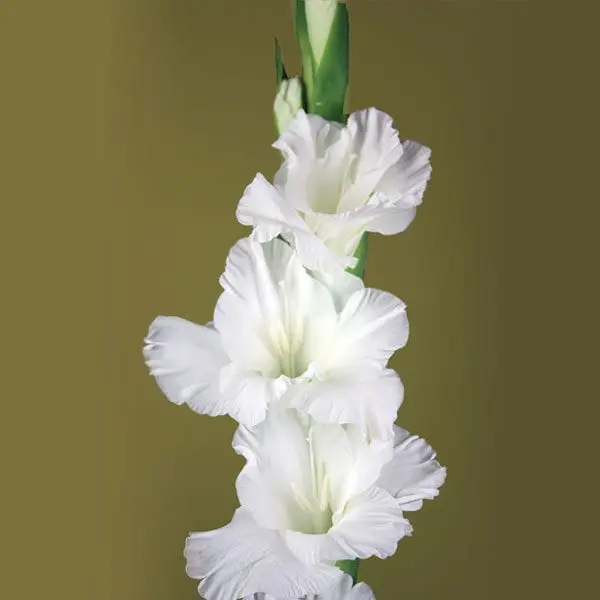
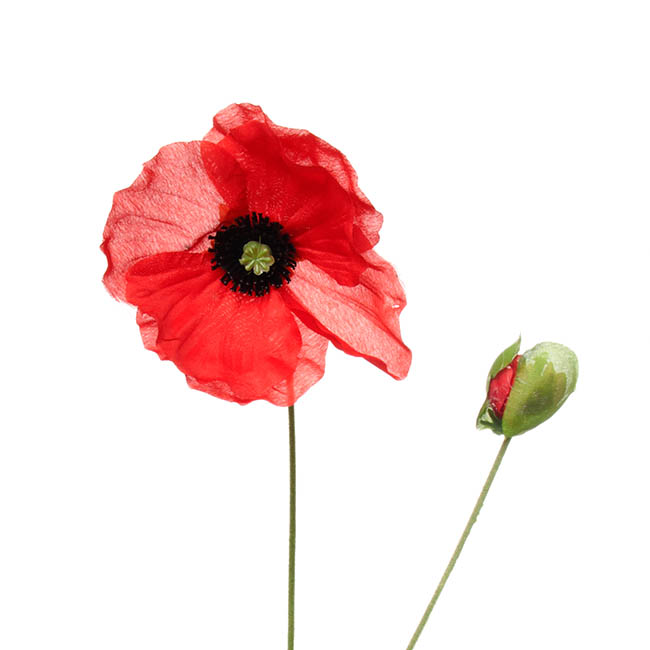
September Birth Flowers
Aster (Primary Flower)
As summer’s warmth begins fading into autumn’s chill, the aster takes the stage as September’s primary birth flower. With daisy-like petals in rich shades of purple, red, pink, white, and lavender, this bloom symbolizes powerful love, wisdom, and devotion.
The aster derives its name from the Greek word “astēr” meaning star, referencing its twinkling, star shape.
Morning Glory (Secondary Flower)
Morning glory are funnel-shaped flowers that bloom in the morning and close by midday – hence their poetic name capturing the short-lived beauty of each new day.
As the flowers’ open faces follow the sun from east to west, morning glories carry meanings of youthful innocence, affection, and new beginnings. A fitting symbol for those born during the transformative seasons of late summer into fall.


October Birth Flowers
Marigold (Primary Flower)
The cheerful marigold has densely packed petals in rich shades of gold, orange, and red. It symbolizes passion, warmth, and the sun’s blazing beauty.
This flower’s name comes from the Christian religion, referring to Mary’s “gold” flowers. In Mexican culture, marigolds hold great significance during the festival of “Dia de los Muertos”, or Day of the Dead. The strong scent is believed to attract souls of the departed.
Cosmos (Secondary Flower)
Cosmos are also daisy-like blooms with beautiful outer rays fading inward that have an artistic, even otherworldly appeal. Their vivid pink, white, orange or burgundy petals express the changing colors of fall’s arrival. Today, the cosmos is associated with peace, beauty, modesty and wholeness.
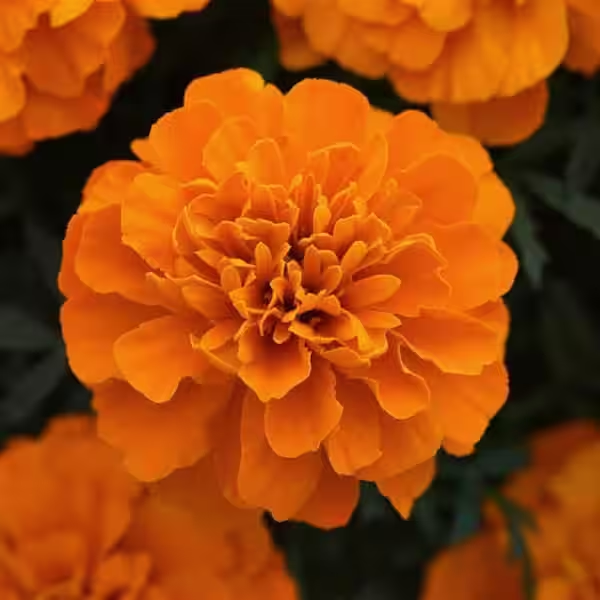

November Birth Flowers
Chrysanthemum (Primary Flower)
As fall’s chill gives way to winter’s frost, the hardy chrysanthemum blooms proudly as November’s primary birth flower. With tightly clustered petals ranging from sunshine yellow to deep burgundy, this bloom symbolizes cheerfulness in adversity and longevity.
Beyond ornamental uses, chrysanthemums also offer edible and medicinal properties when brewed as teas or powdered into dietary supplements.
Peony (Secondary Flower)
Peony is a lush, romantic, and eye-catching flower. With crowns of delicate petals in hues of pink, red, yellow, and white, the flower brings prosperity, good fortune, and admiration. Greek myths claim peonies sprouted from healed wounds and some Chinese traditions also associate peonies with feminine beauty and virtue.
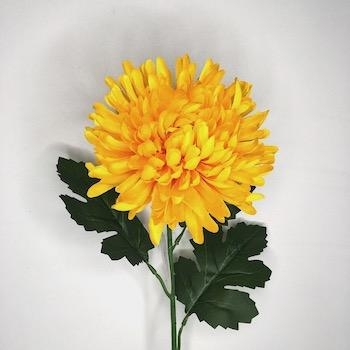

December Birth Flowers
Narcissus (Primary Flower)
As the world bids farewell to one year and anticipates the next, the narcissus (also known as paperwhites) symbolizes rebirth, new beginnings, purity, and unparalleled beauty.
Narcissus is incredibly resilient and often one of the first spring bloomers which manages to flower through late winter’s snow and ice.
Holly (Secondary Flower)
Holly is another unique flower with prickly green leaves, vivid red berries, and delicate white blossoms. This iconic winter shrub represents defense, domestic happiness, and good luck.
The flower of holly also serves practical purposes – its berries feed wildlife, branches craft holiday decor, and leaves make herbal teas.
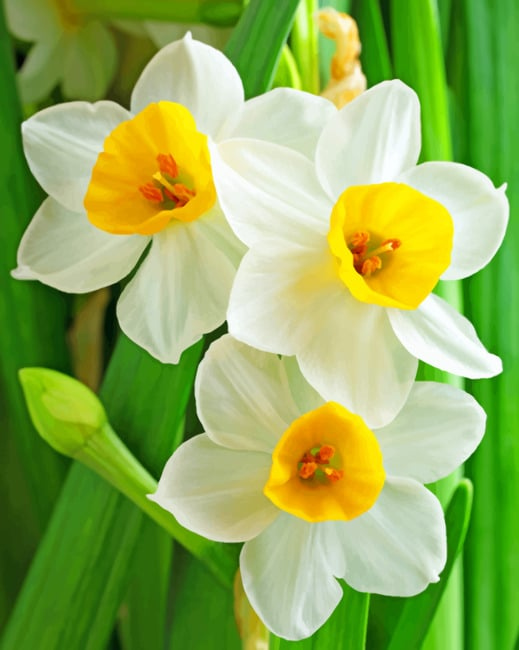
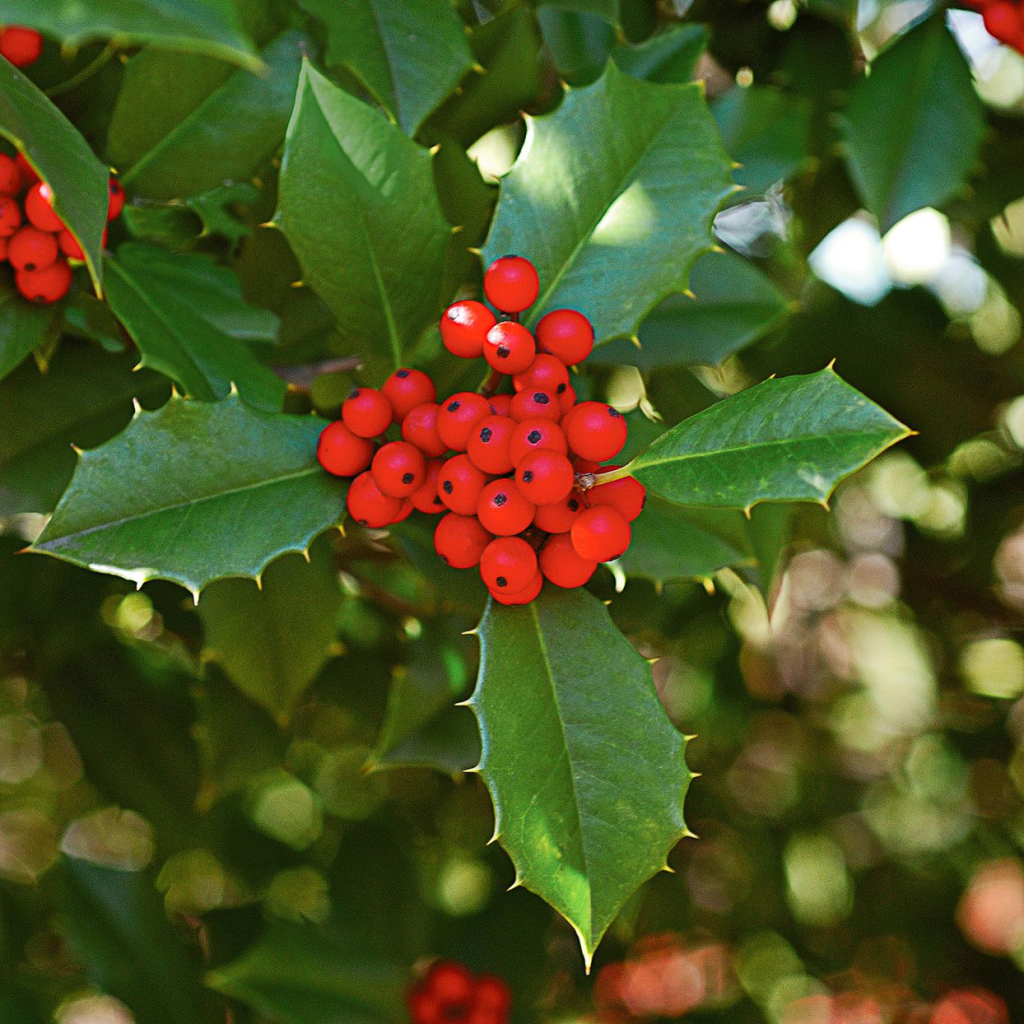
WRAP UP
Birth flowers are a lovely way to celebrate key occasions in modern life. Whether it’s a birthday, wedding, or other special occasion, the choice of birth flowers can convey powerful feelings and enhance the celebration.
You may personalize your gestures by visiting Callie and create lasting memories for your loved ones by discovering the secret meanings behind each flower and exploring unique gift options.

